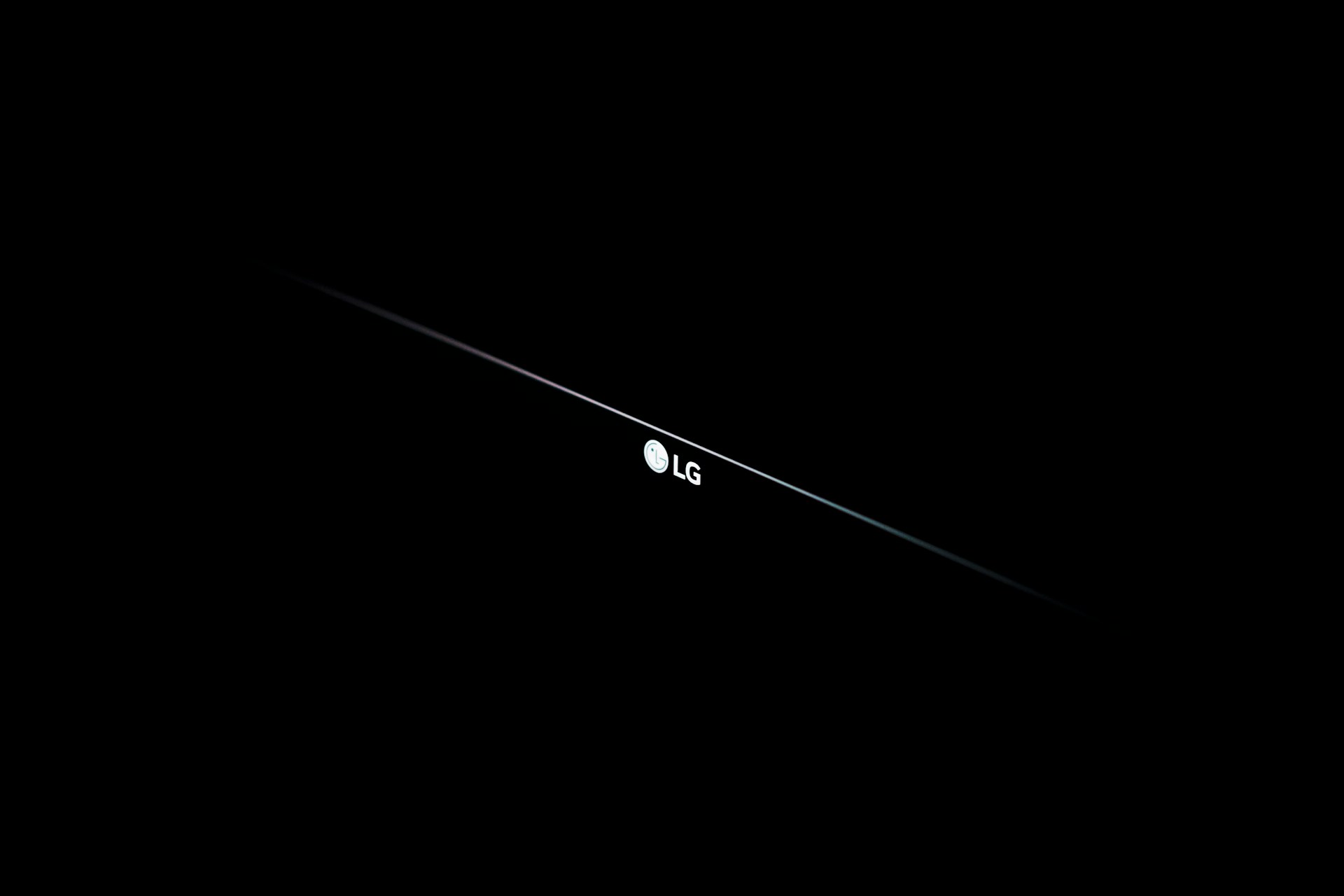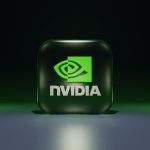Industry Recognition for Human-Centric Design
LG Electronics has once again demonstrated its leadership in product design, winning seven awards—including the prestigious “Best Product Award”—at the 2025 Ergonomic Design Awards hosted by the Ergonomics Society of Korea. This marks the second consecutive year that LG has taken home the highest number of accolades from the event, which is considered the most authoritative in Korea for evaluating ergonomics in design.
The awards are based on a comprehensive assessment of user convenience, functionality, safety, and emotional quality from the perspective of end users. LG’s robot vacuum cleaner secured the top prize, while the LG My Cup tumbler washer and the world’s first wireless, transparent TV—the LG Signature OLED T (model 77T4)—won “Best Innovation Awards.”
In addition, LG also received Special Recognition Awards for its AI-powered Magic Remote, the webOS AI UX platform, the LG Smart Monitor Swing, and the LG Objet Collection refrigerator.
Blending Art with Technology
Facing increased global competition and a downturn in consumer demand, LG Electronics is turning to art and design to reinforce its brand identity and showcase technological leadership—particularly in its television business, which recently posted losses.
Starting August 1 and running through February 1 of next year, LG is hosting its first “MMCA X LG OLED Series” exhibition at the Seoul Box in the National Museum of Modern and Contemporary Art (MMCA), located in Seoul’s Jongno District. The exhibition centers on a large-scale installation artwork titled “Agamon Encyclopedia: External Edition,” which explores the theme “Life and Desire, an Endless Cycle.” The piece is a collaboration between media artist TZUSOO, the MMCA, and LG’s advanced OLED (Organic Light Emitting Diode) technology.
A standout feature of the installation is two massive screen walls, constructed using 88 of LG’s 55-inch OLED displays. These displays enhance the immersive nature of the artist’s work, allowing viewers to fully engage with the themes and visuals.
Thanks to the OLED screens’ precise color reproduction and clarity, TZUSOO’s artistic vision is vividly brought to life. The screens serve as a symbolic bridge between cutting-edge technology and contemporary art.
Expanding the OLED-Art Movement Globally
LG’s efforts to merge OLED technology with the arts are not limited to South Korea. Earlier this month, the company took part in a special presentation at the Guggenheim Museum in New York City, supporting a talk by globally recognized artist Kim Ah-Young.
During the session, held in the museum’s rotunda theater, attendees experienced Kim’s “Delivery Dancer” series through six 77-inch LG OLED evo TVs. Installed vertically on both sides of the stage, the screens brought characters like Ernst Mo and N. Storm to life, depicting scenes of motorbike chases and floating urban landscapes in remarkable detail.
Through these collaborations, LG aims to highlight the vivid image quality and vibrant color accuracy of its OLED TVs. The company is continuing to invest in its “LG OLED Art” project, which supports cultural and artistic initiatives around the world.
Navigating Financial Challenges in the TV Division
Despite its creative efforts and technical achievements, LG’s TV division is grappling with financial headwinds. In the second quarter of this year, the company’s Media & Entertainment (MS) Business Division posted an operating loss of nearly KRW 200 billion. Revenue declined 13.5% year-over-year to KRW 4.39 trillion, while the unit swung to an operating loss of KRW 191.7 billion.
At a recent earnings call held on July 25, Executive Vice President Park Sang-ho of the MS Division acknowledged the challenges but emphasized a strategic shift. “We are focused not only on developing flagship products that demonstrate long-term technological leadership but also on improving cost competitiveness and operational efficiency,” he said. “We’re working to create synergy across our TV, IT, and ID product lines while optimizing the entire value chain to maximize integration benefits across the division.”


